
Search history
Clear allSearch by image
XDrag and drop an image here or upload an image
Max 5MB per image
UploadSign In | Join

Search history
Clear allSearch by image
XDrag and drop an image here or upload an image
Max 5MB per image
UploadSign In | Join
X Email Mobile
| kx423 earthquake alarm | ¥0.0 | 9880 piece available |
|
A new item has been added to your Shopping Cart. You now have items in your Shopping Cart.
Product Name: Earthquake Alarm Product Code: DX 132 Package: Packaging Bag Product size: 10.5*7.5*13" Weight per unit: 0.1 Packing Quantity: 500 Box Size: 60*50*55 |  |
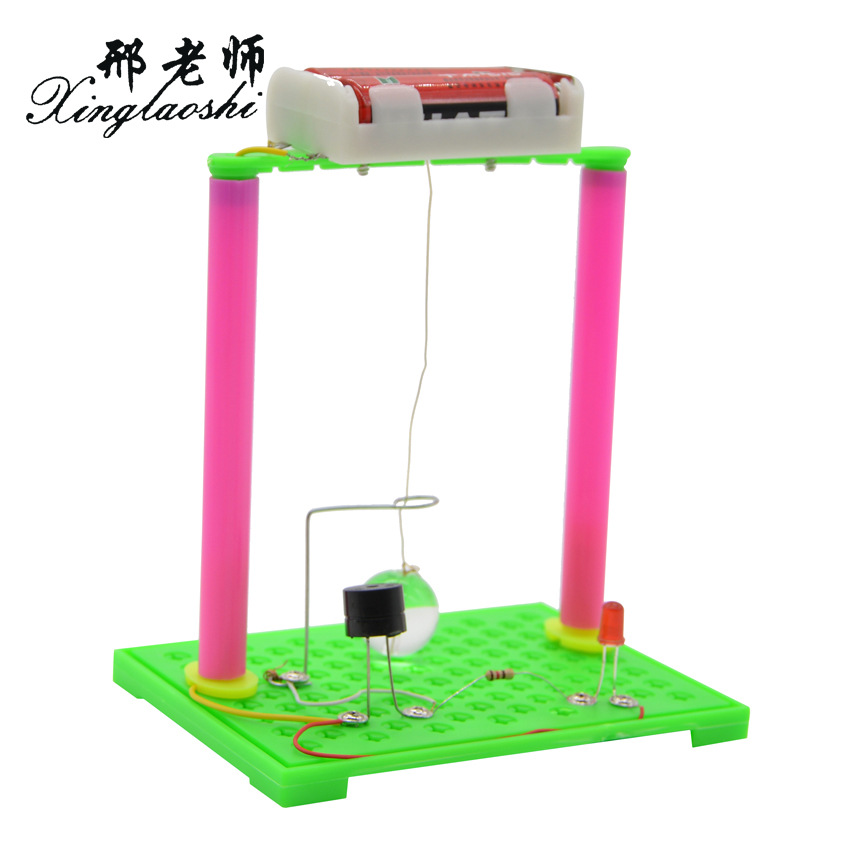 | 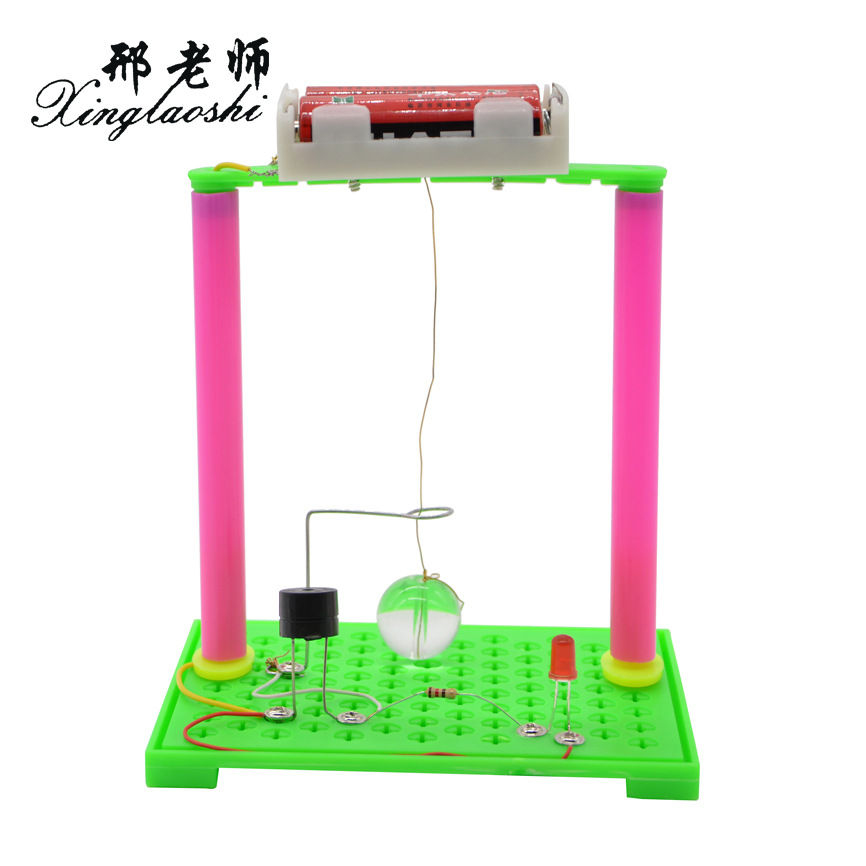 |
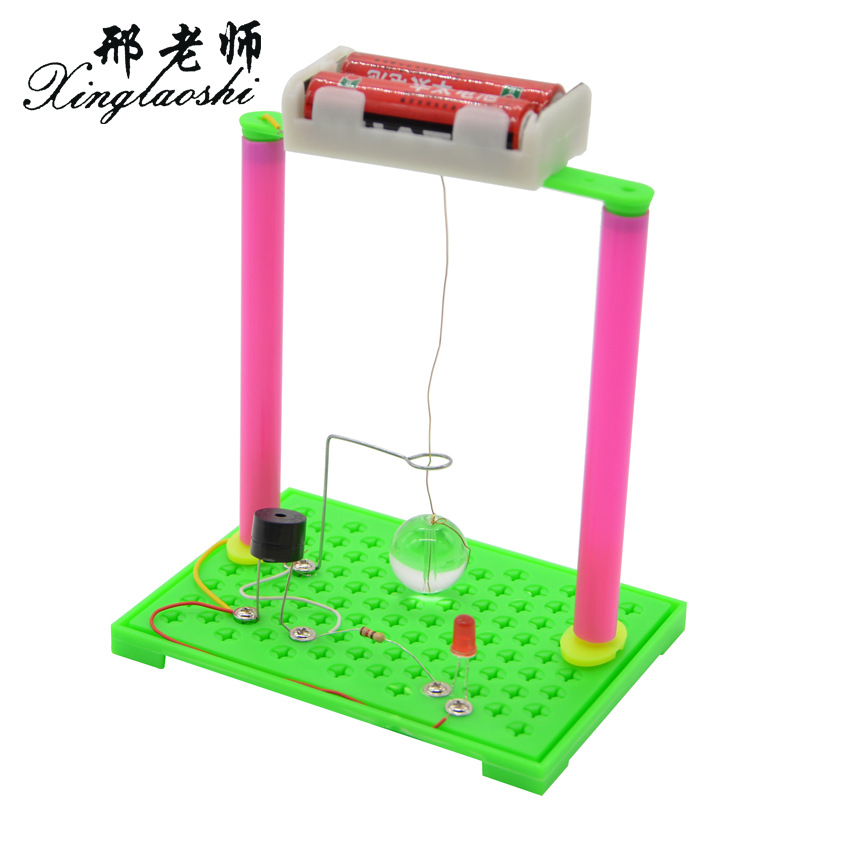 | 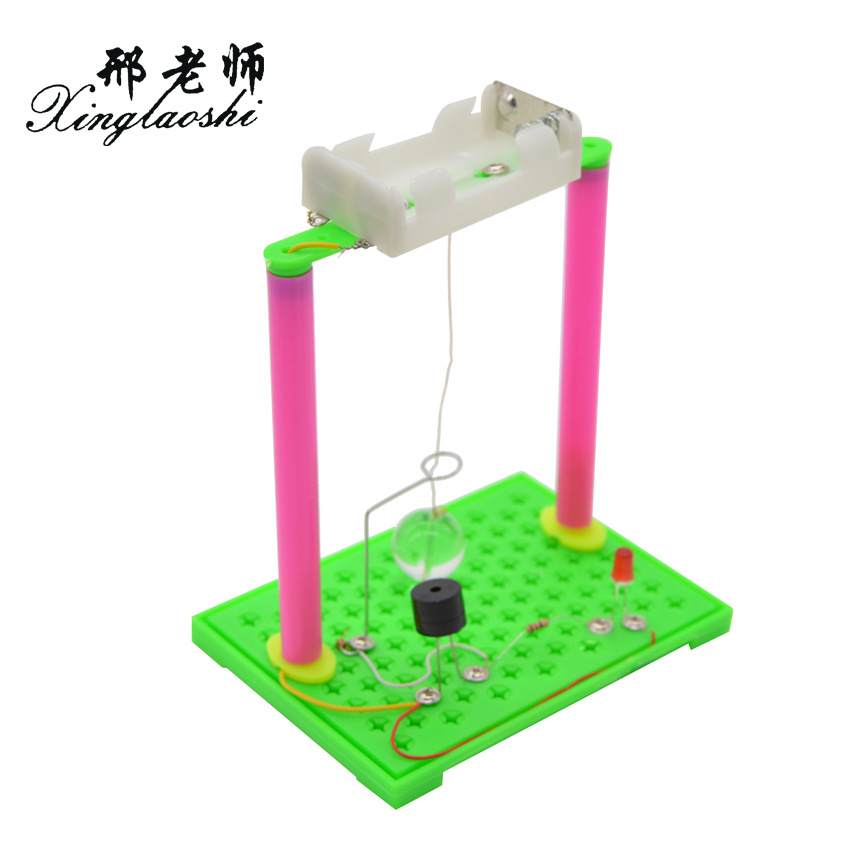 |

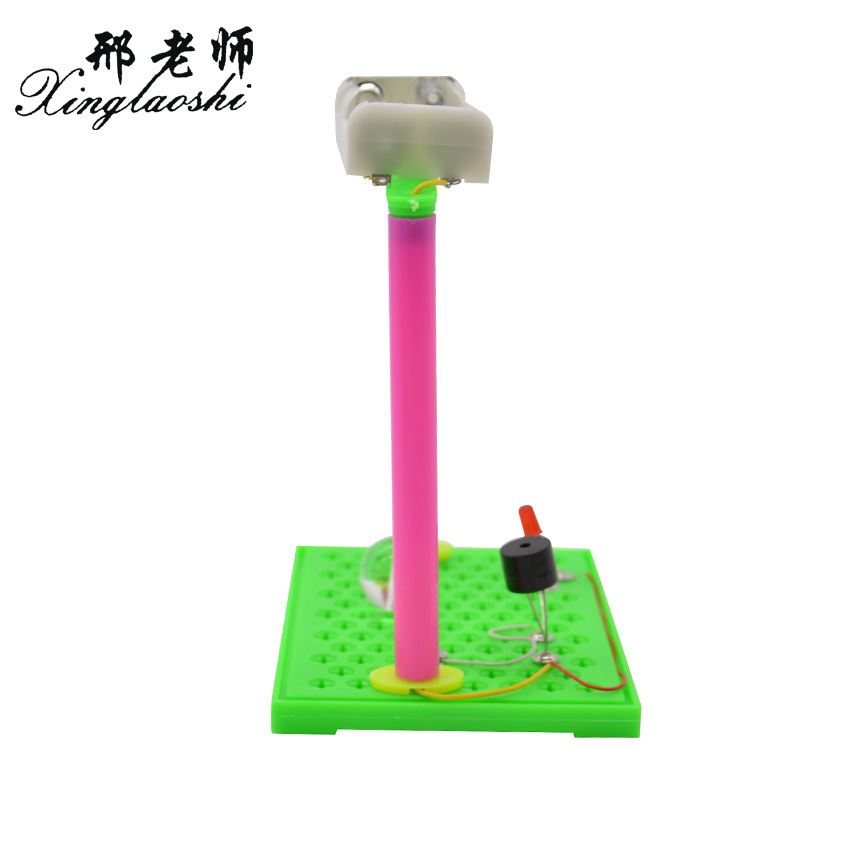
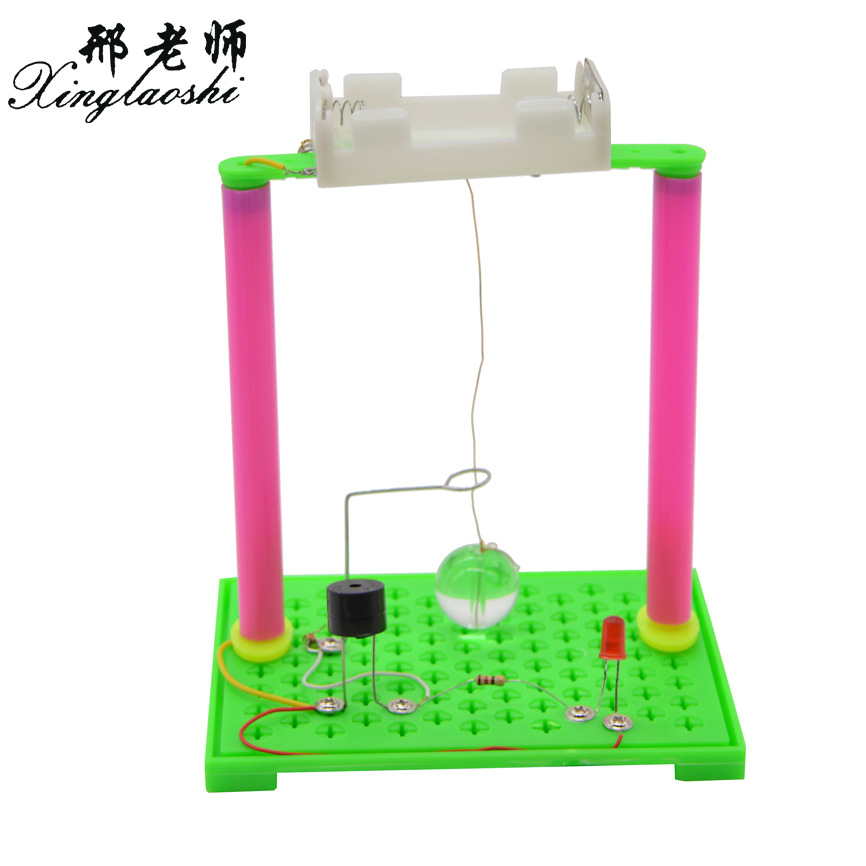
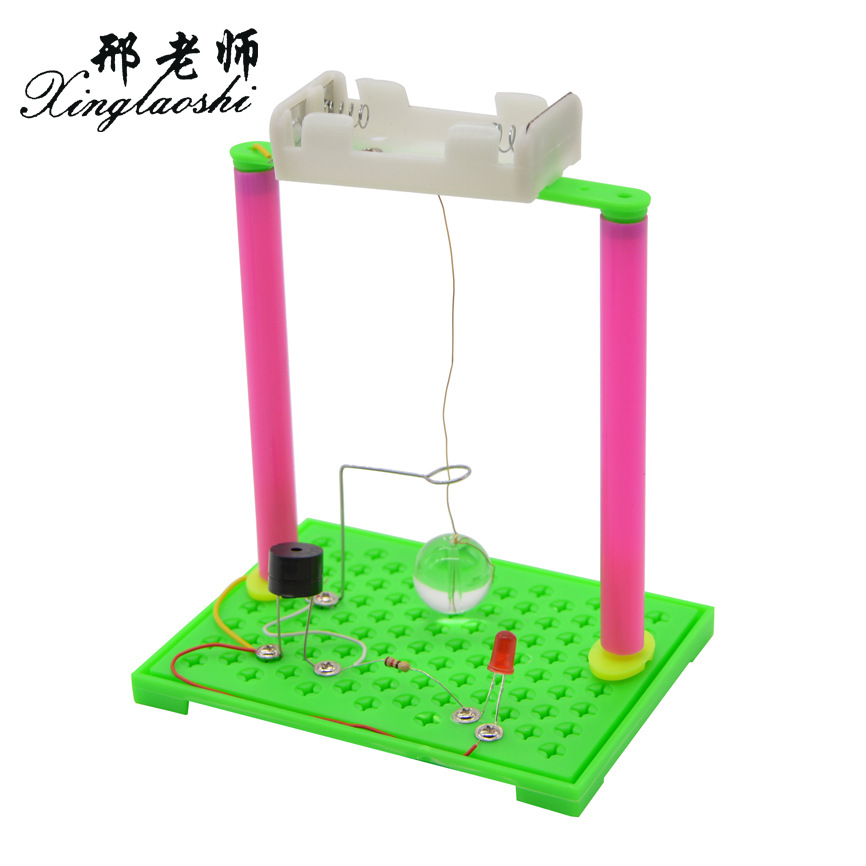
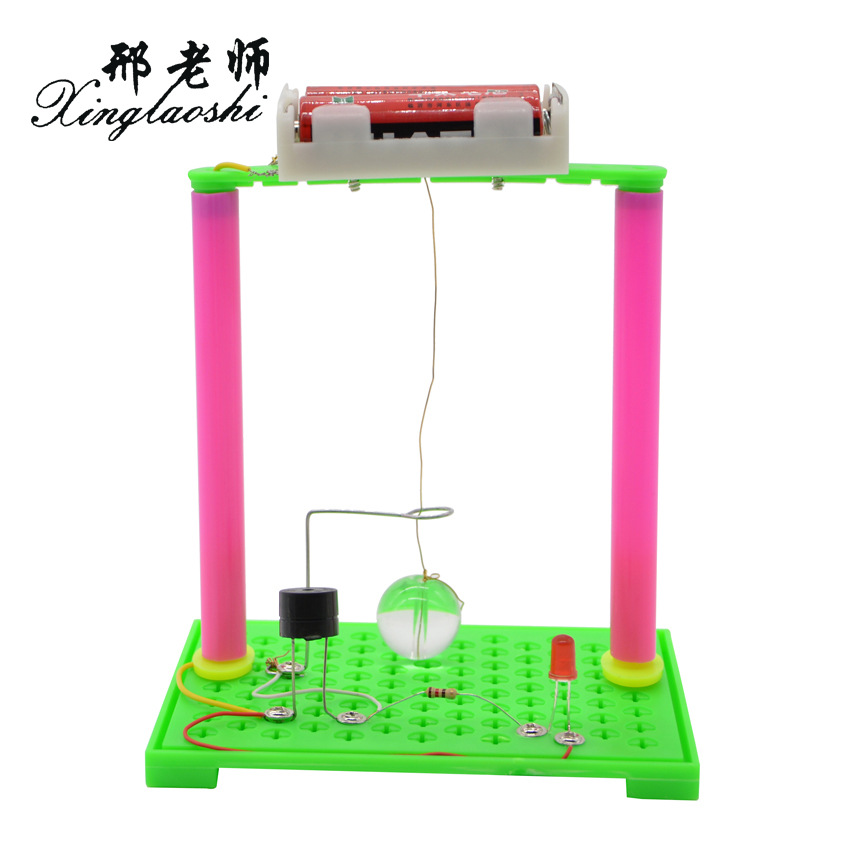
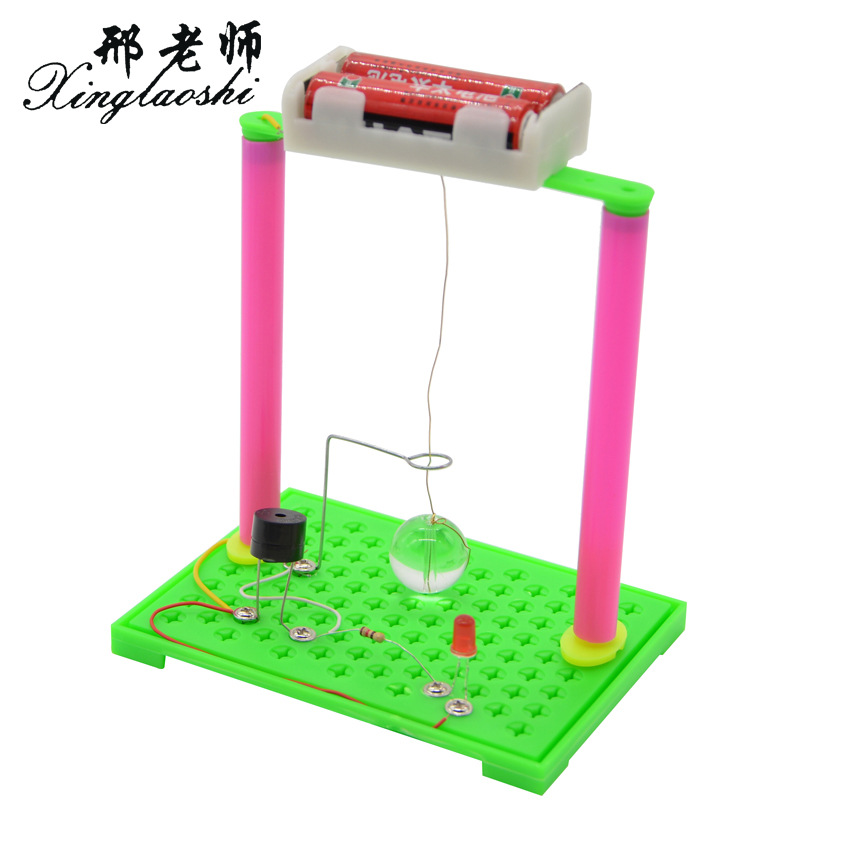
| Earthquake Alarm |
| The earliest seismometer—the world's earliest seismometer was invented by Zhang Heng. The seismometer is made of copper and shaped like a wine jar, with eight dragon heads around it, facing the eight directions of east, south, west, north, southeast, southwest, northeast, and northwest. The dragon mouths are movable, each holding a small copper ball. Below each dragon head, there is a copper toad with its mouth wide open. In the center of the instrument, there is a copper "pendulum suspended" column, and beside it are eight channels, called "eight paths." There are also clever mechanisms. After the earthquake test in the southwest of Gansu in the year 134, it was completely confirmed to detect earthquakes accurately. It is 1,700 years earlier than the similar seismometer created in Europe. Unfortunately, the Donghan Earthquake Indicator has been lost, and the seismometers we see are all reconstructed based on historical records by later generations. |
| Experimental Cognition |
| Battery box: As the name suggests, it is a box used to install and fix the batteries, which is a device for outputting battery power. LED lights: LED stands for Light Emitting Diode, which is a solid-state semiconductor device that can directly convert electricity into light. The heart of an LED is a semiconductor wafer, with one end attached to a substrate and the other end connected to the positive terminal of the power source, enclosing the entire wafer in an epoxy resin. The semiconductor wafer consists of three parts: one is a P-type semiconductor, where holes dominate, and the other end is an N-type semiconductor, where electrons predominate. Typically, there is one to five quantum wells in the middle. When an electric current flows through the wire to act on the wafer, electrons and holes are pushed towards the quantum wells, where they recombine. This results in the emission of energy in the form of photons, which is the principle of LED light emission. The wavelength of the light, which is the color of the light, is determined by the material that forms the P-N junction. |
| Resistance: The resistance of a conductor to the flow of current is called resistance! Factors affecting the size of resistance: length, cross-sectional area, material, temperature, and so on. Generally, for metal materials, resistance increases with temperature. |
| Speaker: It's a very simple principle. It uses a mouth to output square waves, and when these waves are input into a buzzer, it will produce sound. By controlling the frequency and duration of the square waves, it can also produce simple music. |
| Experimental steps: |
| 1. Experiment preparation: Recognize the experimental equipment: screw hole plate, resistor, wire, LED light, battery box, speaker, screwdriver, and diagonal pliers. |
| Experiment Report: |
| When shaking the small device, the glass beads will touch the O-ring, which will connect the circuit, causing the LED to blink and the buzzer to make a beeping sound. |
Update time:
TOP